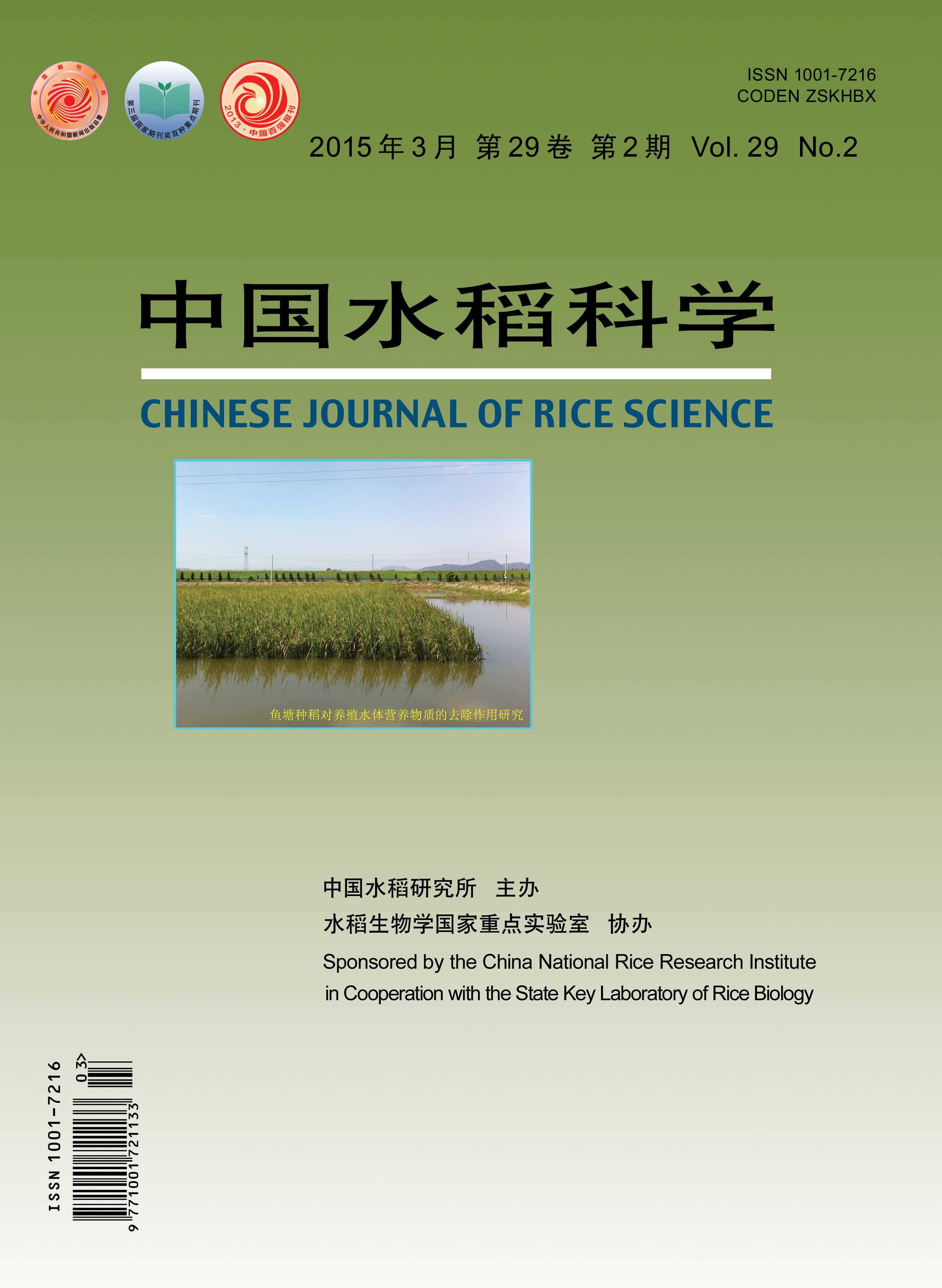Effects of shading at the beginning of heading stage on grain yields and some physiological characteristics under different nitrogen application rates in different rice genotypes were investigated by using Peizataifeng, Yuejingsimiao and Tianyou 998 as test materials. Nitrogen application rate was 0, 120 and 180 kg/hm2, which was expressed as NN, MN and HN in order, respectively. The shading treatment was double-deck shade, single-deck shade and no shade, which was expressed as DS, SS and CK, respectively. Compared with NN, leaf area index (LAI), stem dry weight, total dry material weight, dry weight output and export percentage of dry matter in stem and sheath under HN were higher in five days recovery under shade treatment in rice. And photosynthesis rate (Pr) and stomatal conductance (Gs)in the first leaf from the top under HN was higher than that under NN, respectively. Furthermore, grain yield and effective panicle number per hill and total number of spikelets per panicle were significantly higher under HN, whereas seed setting rate and 1000-grain-weight was remarkably fewer than that under NN. Compared with no shade treatment, stem dry weight, total dry material weight, LAI, Pr and Gs declined evidently under DS. And grain yield and effective panicle number per hill decreased significantly, too. There were significant effects of interaction between nitrogen application and shading on LAI, stem dry weight, total dry weight, effective panicle number per hill and yield. Nitrogen application under single-deck shade treatment could reduce harmful effects on LAI, stem dry weight, total dry weight, effective panicle number per hill and grain yield in rice. Among the tested cultivars, super hybrid rice Tianyou 998 was the most sensitive to nitrogen application and shading.

